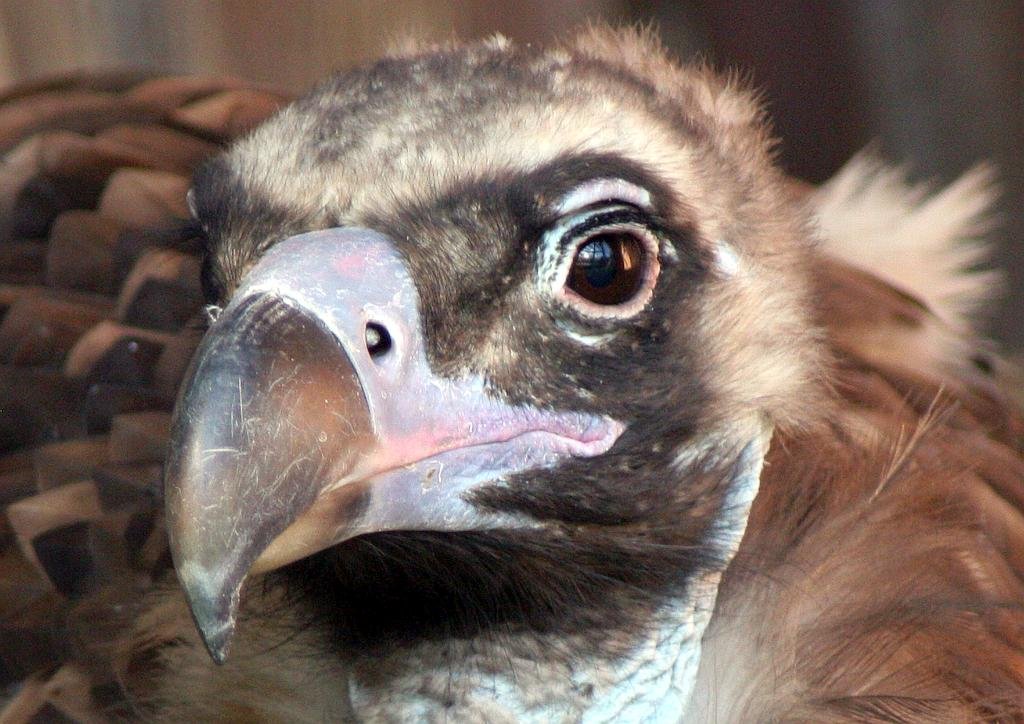Non-Venomous and although the name suggest a viper, the viperine snake is not poisionous and like most snakes, avoids human contact when it can.
- Scientific: Natrix maura.
- Castilian: Culebra viperina.
- Catalan: Serp d’aigua.
- Portuguese: Cobra-de-água-viperina.
- Family: Colubridae.
- Distribution: Found in southwestern Europe and northwestern Africa. Portugal, Spain, France and northernwest Italy. Also found in African countries of Morocco, northern Algeria, northwestern Libya, and northern to central Tunisia.
Video of a viperine snake
Here´s a short video from Sue at Nature Plus Grazalema of a viperine snake
I’ve been living in this lovely area of Western Andalucia for the last 20 years or so and dedicate most of my time to the running of English language tourist information websites for the towns of Cádiz, Ronda, Grazalema, the famous or infamous Caminito del Rey, and also Wildside Holidays, which promotes sustainable and eco-friendly businesses running wildlife and walking holidays in Spain. My articles contain affiliate links that will help you reserve a hotel, bus, train or activity in the area. You don’t pay more, but by using them you do support this website. Thankyou!



